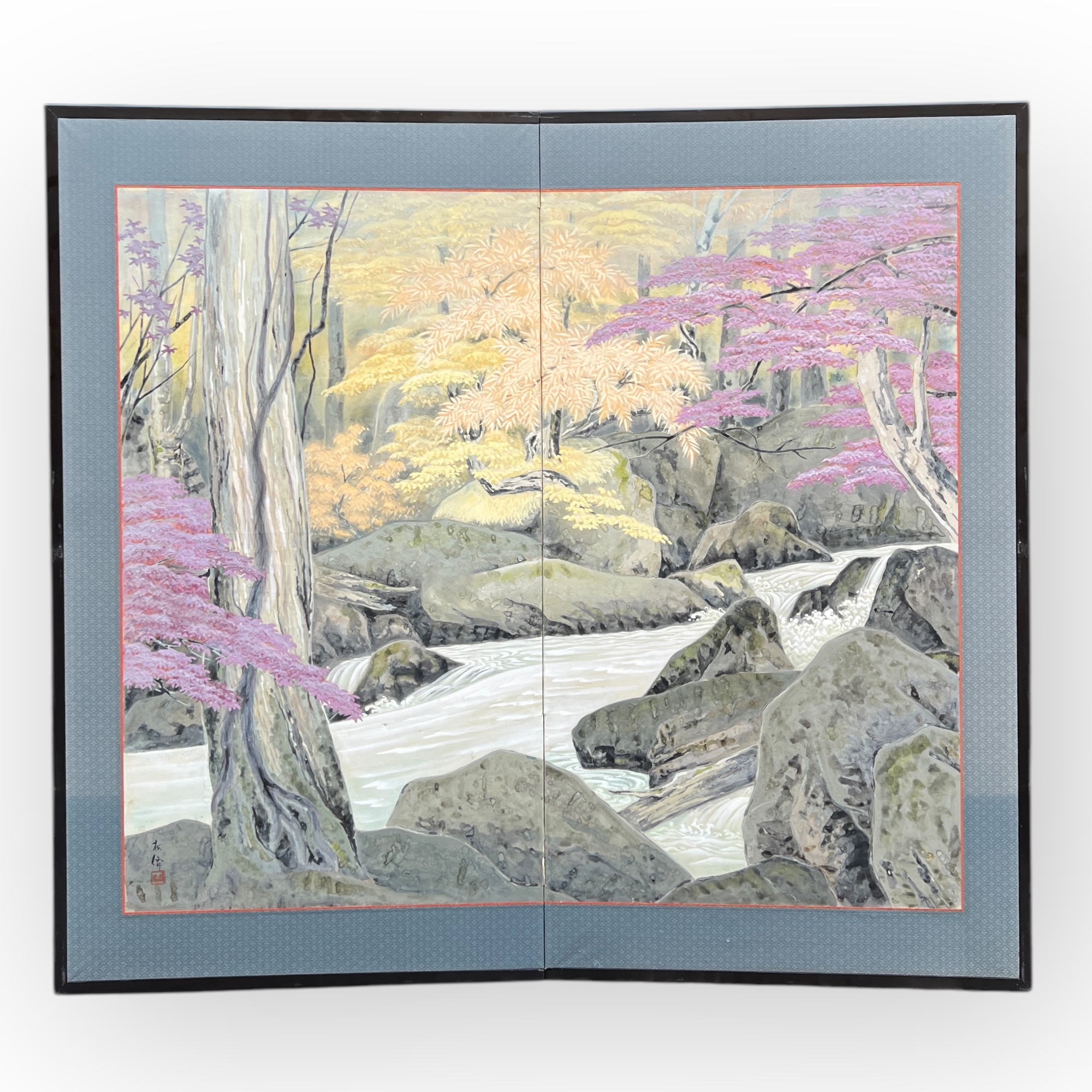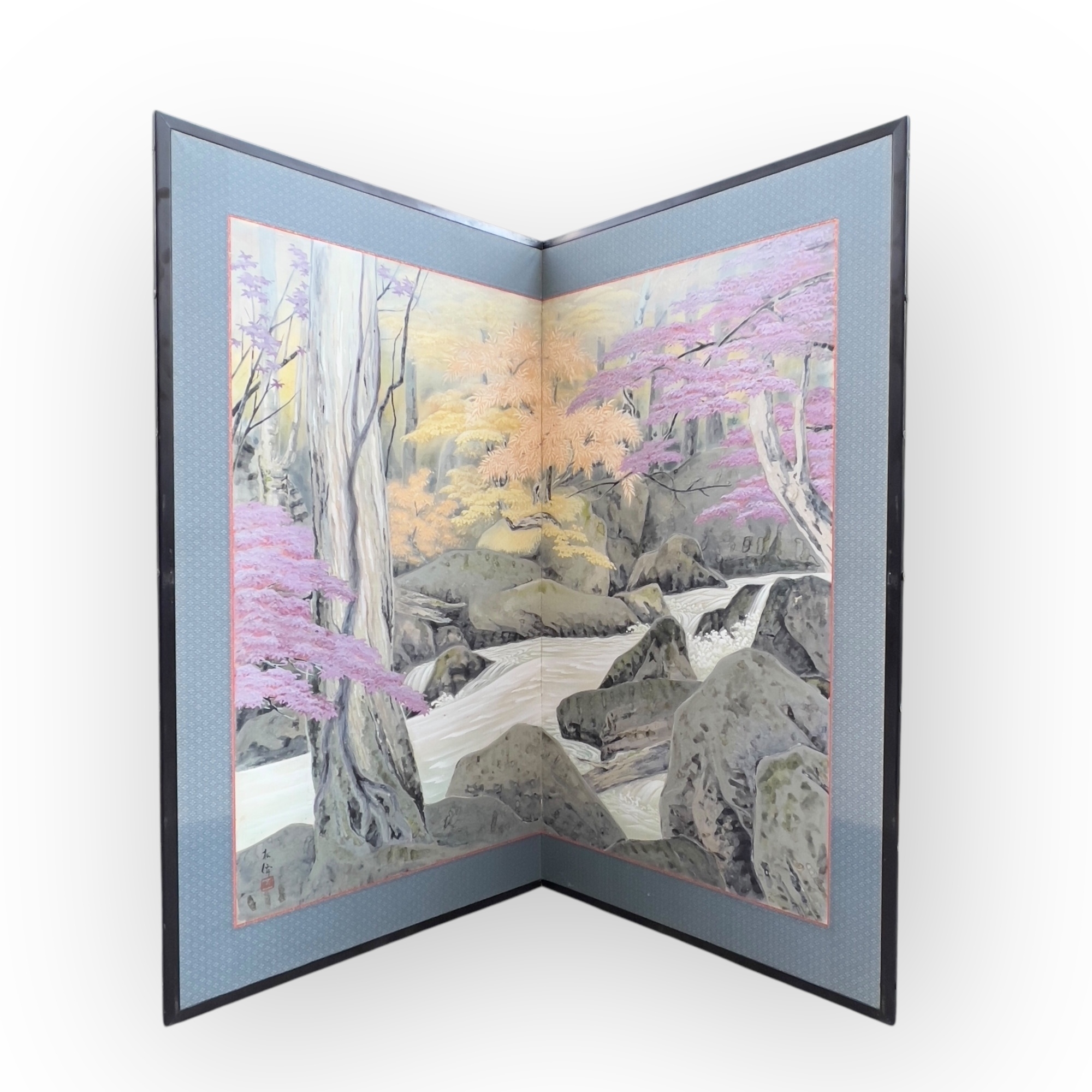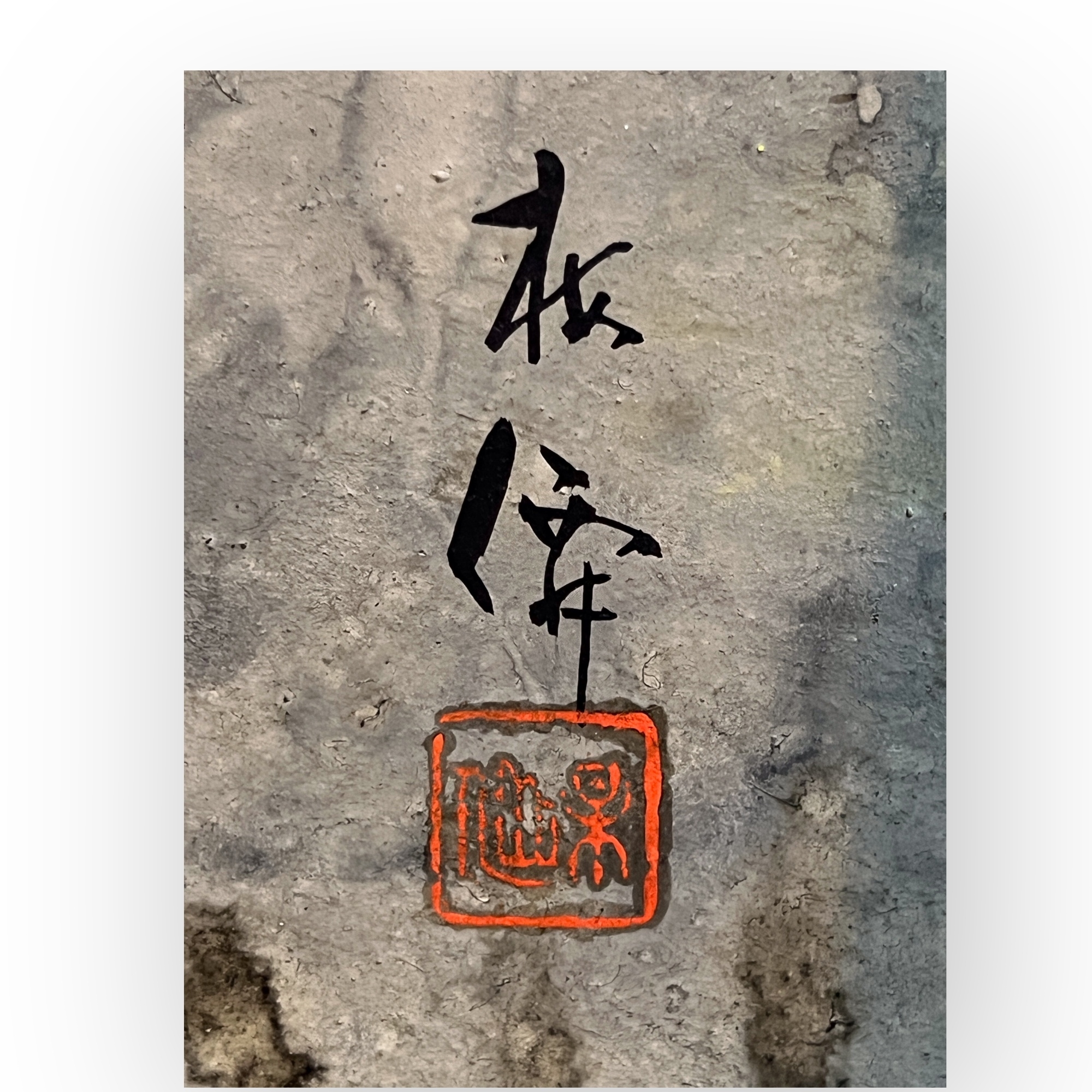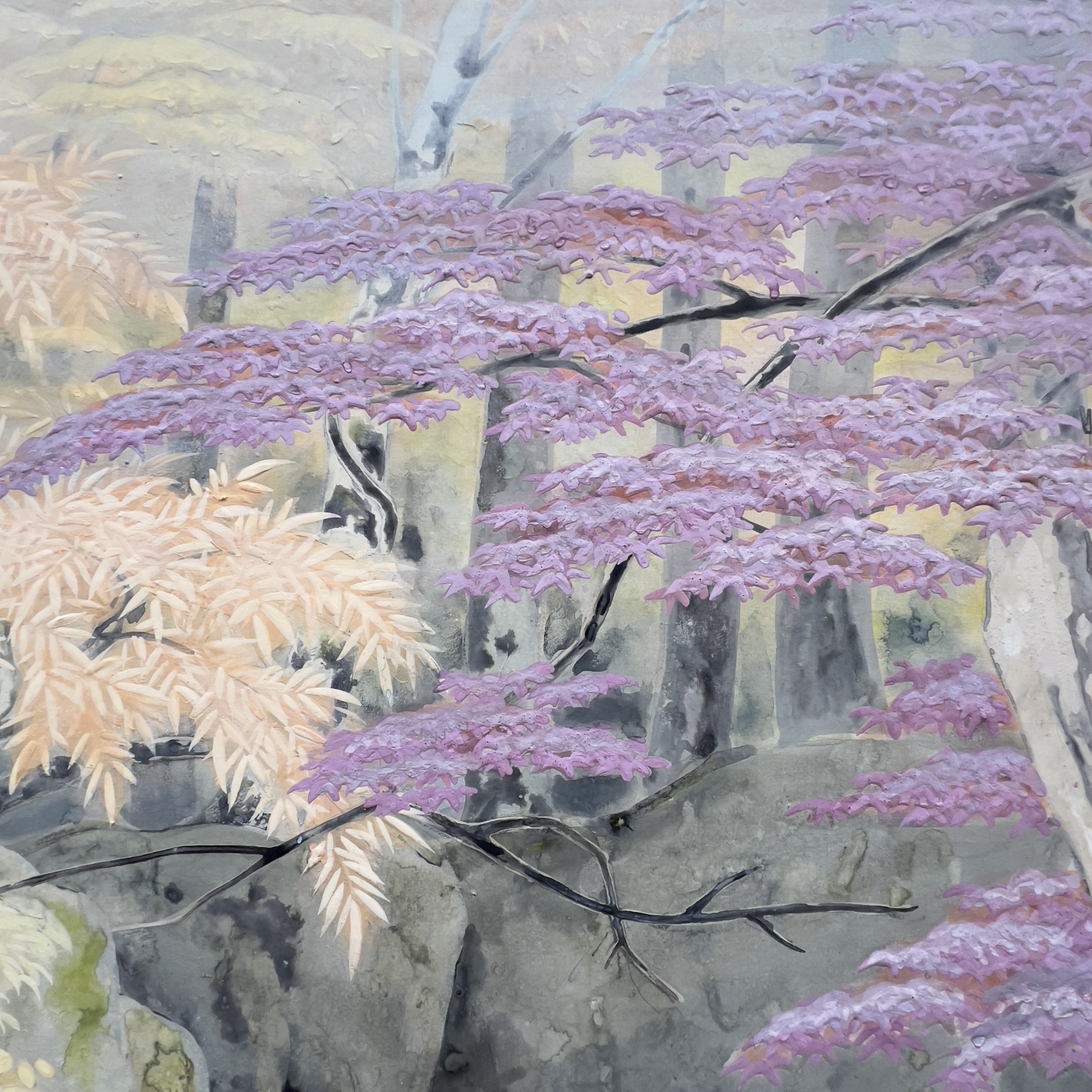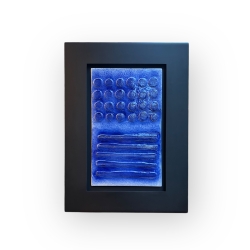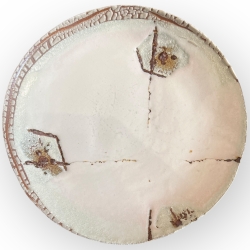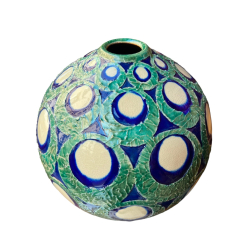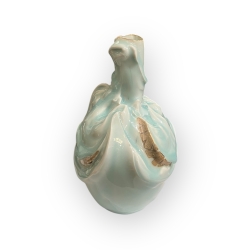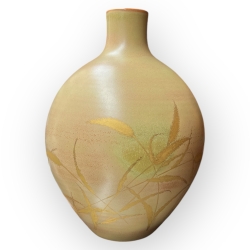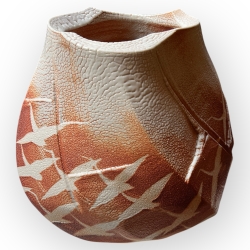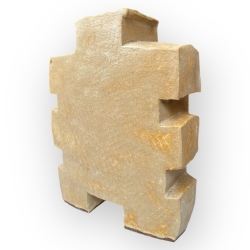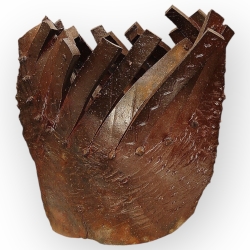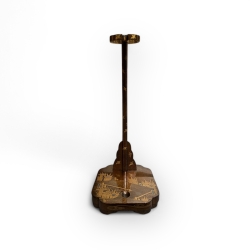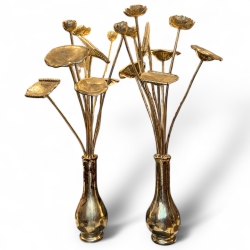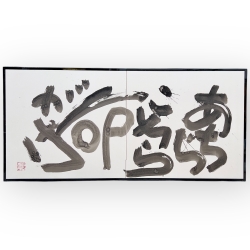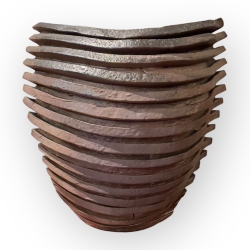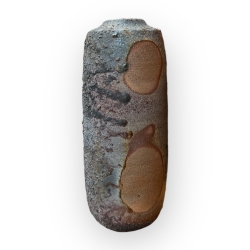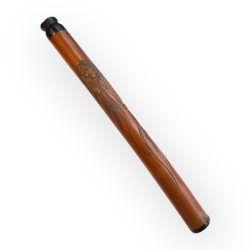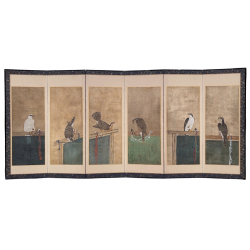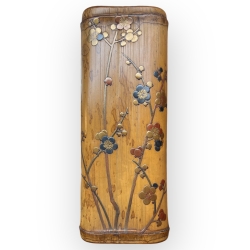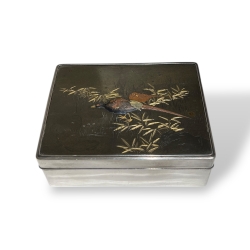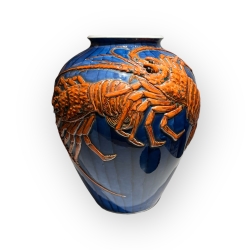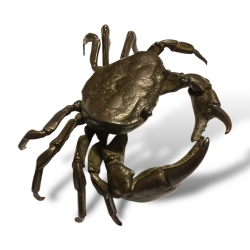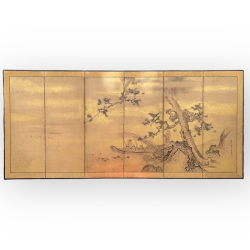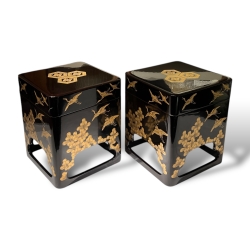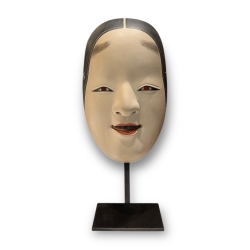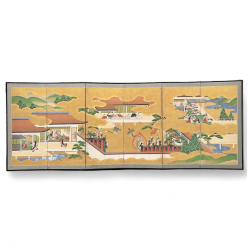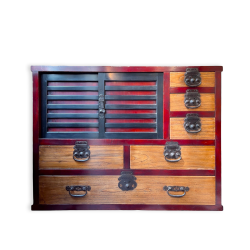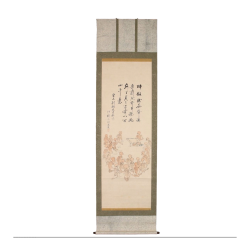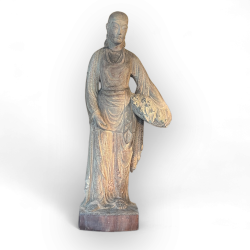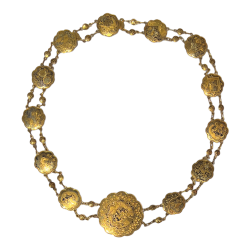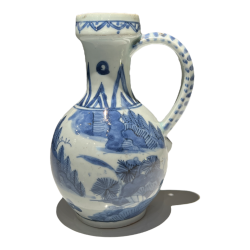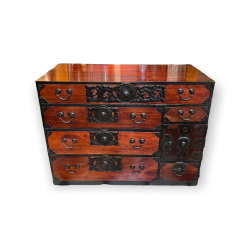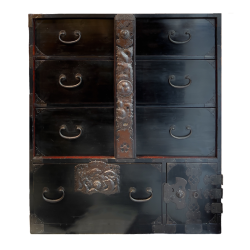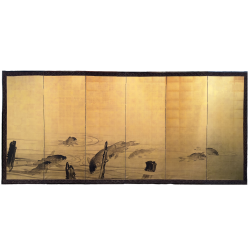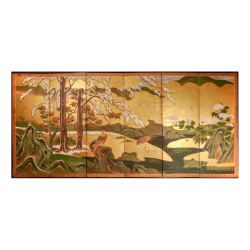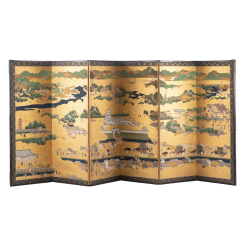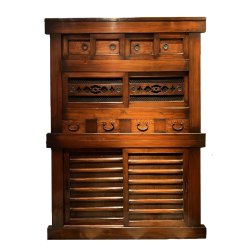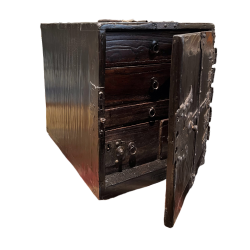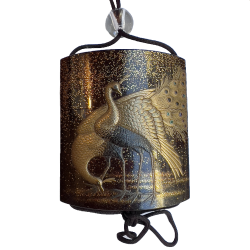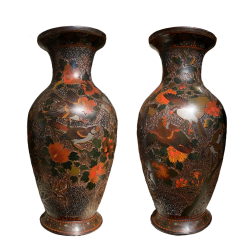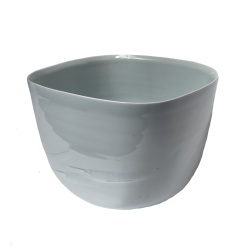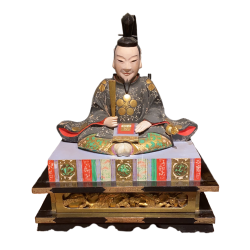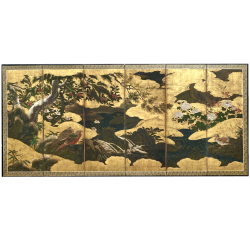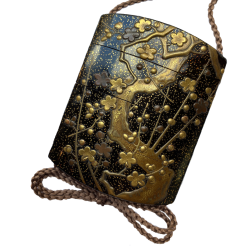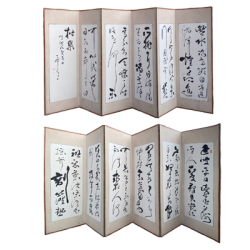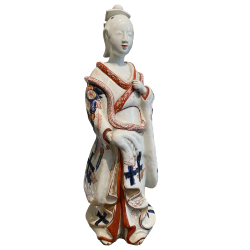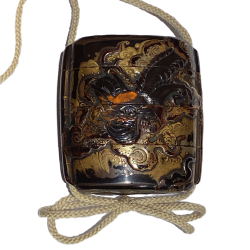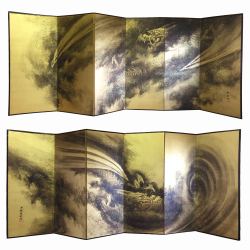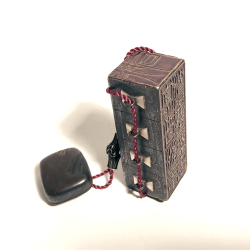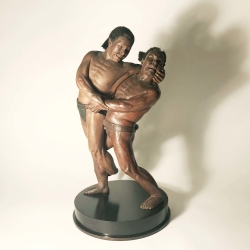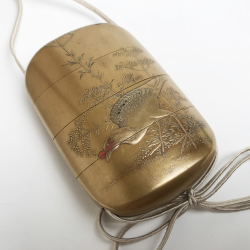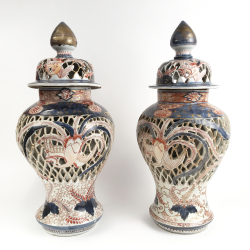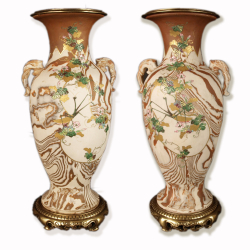
EXPERT ART d'ASIE Cristina ORTEGA Expert CNES et CEFA rts de la Chine et du Japon Asian Art-
Expert Chine Japon- Expert Asian Art - Carré Rive Gauche Paris Rue de Beaune- Expert art d Asie
Paravent à deux feuilles, Nihonga, Hirai Baisen (1889-1969), début de lère Shōwa (années 1940)
Description :
Hirai Baisen
Paravent à deux feuilles, Nihonga, Hirai Baisen (1889-1969), début de lère Shōwa (années 1940)
Ce paravent à deux feuilles est signé Hirai Baisen (1889-1969), un peintre majeur du Nihonga aujourdhui redécouvert après avoir été longtemps négligé. Né à Kyoto, Baisen na pas suivi lapprentissage classique auprès dun maître, préférant développer son propre style. Une étape déterminante dans son parcours fut son voyage en Chine en 1913, qui influença profondément son travail. Dès lors, il représenta fréquemment des paysages inspirés du continent, intégrant des perspectives audacieuses et un usage expressif du pinceau humide. Sa peinture est souvent rapprochée de celle de Maeda Seison (1885-1977), et, dans les années 1920, leurs uvres furent considérées comme emblématiques des nouvelles tendances du Nihonga.
Entre 1907 et 1931, Hirai Baisen exposa régulièrement à la Bunten, lexposition dÉtat japonaise. Pourtant, malgré un début de carrière prometteur, son travail fut progressivement mis à lécart, victime du conservatisme croissant du monde du Nihonga officiel. Ce nest que récemment, avec la réévaluation de lart de lère Taishō et du début de Shōwa, que son uvre connaît un regain dintérêt, notamment dans des institutions comme le Portland Museum, le Musée de Honolulu ou celui de Seattle, le Metropolitan Museum of Art de New York et le Musée dart moderne de Kyoto mais aussi dans des collections privées.
Ce paravent illustre lévolution de son art vers un traitement du paysage, où la fluidité des lavis et les superpositions de pigments minéraux traduisent une vision poétique du monde naturel. La scène représente un torrent sinueux traversant un sous-bois baigné dune lumière douce, où les érables aux teintes dorées et roses donnent presque un air printanier à cette composition automnale. Lattention portée à lair et à la lumière témoigne de la quête des artistes du Nihonga pour renouveler la peinture japonaise face aux standards occidentaux, tout en restant fidèles aux traditions asiatiques.
Ce paravent, rare témoignage du travail de Hirai Baisen à la fin de sa carrière, illustre à la fois la sensibilité unique de son art et son rôle dans lévolution du Nihonga au XXᵉ siècle.
Pigments minéraux et gofun sur papier, monté sur un cadre en bois et encadré avec une baguette laquée.
Petite restauration sur le coté de la feuille droite, petits chocs au dos de la baguette dencadrement.
Hauteur : 140 cm. Largeur totale : 154 cm (chaque feuille : 77 cm).
Two-panel folding screen, Nihonga, Hirai Baisen (18891969), early Shōwa era (1940s)
This two-panel screen is signed by Hirai Baisen (18891969), a major Nihonga painter who is only now being rediscovered after decades of neglect. Born in Kyoto, Baisen chose not to apprentice under any established master, opting instead to develop his own artistic path. A decisive moment in his career was a trip to China in 1913, which profoundly influenced his work. From then on, he frequently painted landscapes inspired by the Chinese continent, integrating bold perspectives and expressive, wet brushwork. His style is often compared to that of Maeda Seison (18851977), and by the 1920s, their works were considered representative of new trends in Nihonga painting.
Between 1907 and 1931, Baisens works were regularly selected for the Bunten, the official state-sponsored exhibition in Japan. However, despite a promising start, his career gradually faded as he became a victim of the increasingly conservative tendencies within the Nihonga establishment. Only recently, with the renewed interest in art from the Taishō and early Shōwa periods, has his work regained recognition notably through institutions such as the Portland Museum, the Honolulu Museum of Art, the Seattle Art Museum, the Metropolitan Museum of Art in New York, the Kyoto Municipal Museum of Art, and several private collections.
This folding screen reflects the evolution of Baisens landscape painting: the fluidity of the washes and the layering of mineral pigments convey a poetic vision of the natural world. The scene shows a winding stream flowing through a forest bathed in soft light, where maple trees in golden and pink hues evoke a near-spring atmosphere despite the autumnal setting. The attention to air and light exemplifies the Nihonga artists ambition to renew Japanese painting in response to Western standards, while remaining rooted in Asian traditions.
A rare example of Baisens later work, this screen reveals both the unique sensitivity of his brush and his key role in the development of Nihonga in the 20th century.
Mineral pigments and gofun on paper, mounted on a wooden structure with lacquered framing strips.
Minor restoration on the side of the right panel, small dents on the back of the frame.
Height: 140 cm. Total width: 154 cm (each panel: 77 cm).

